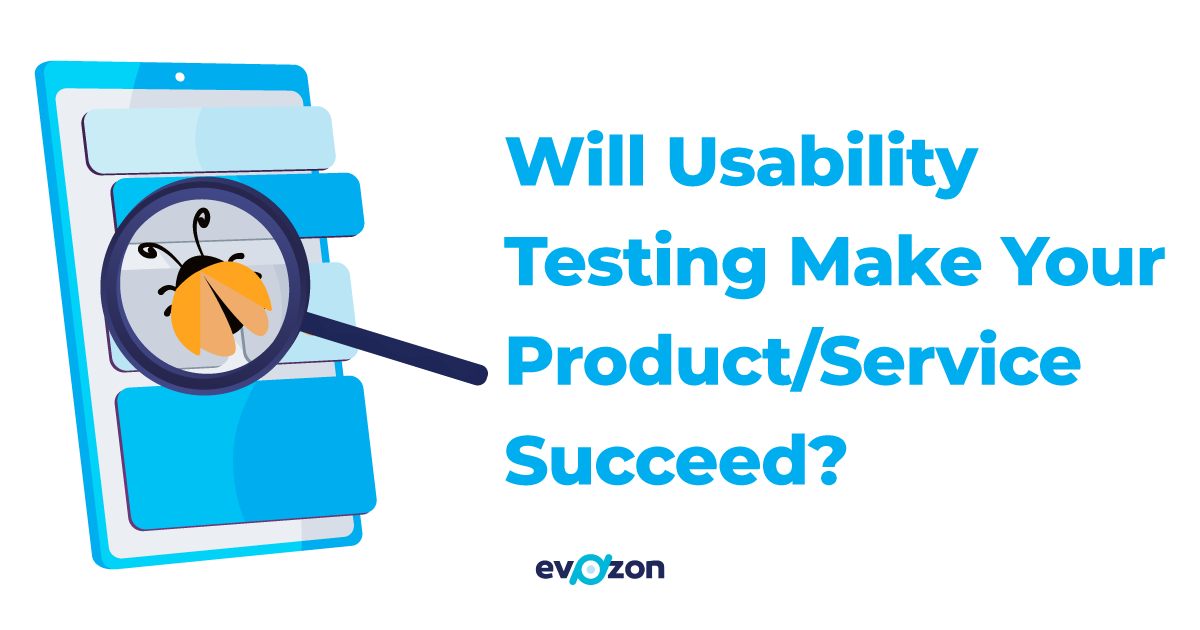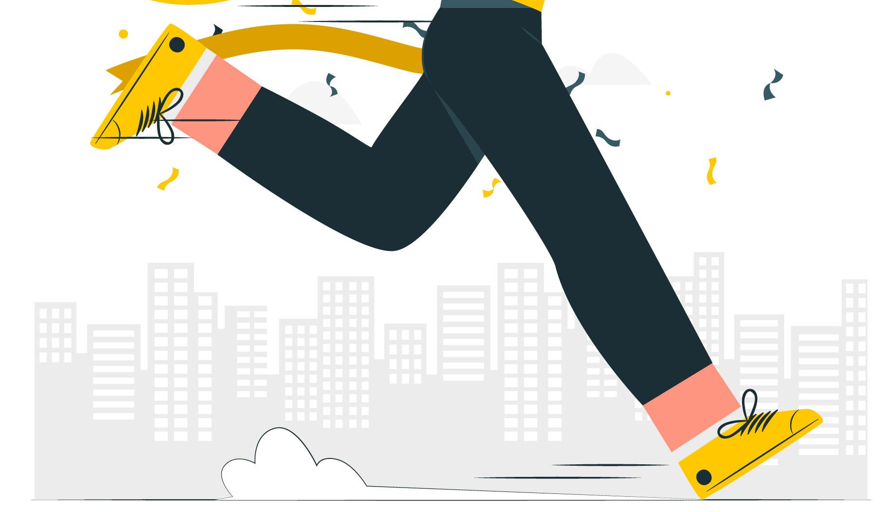Meet Victor.
Victor has an idea. Victor wants to implement his idea and make it successful.
His idea is good: it has a potential market, it can solve user problems and it’s quite fresh.
Victor hires professional help to make it come true – a team of designers and developers.
Meetings start. The UX team proceeds to empathize, define, ideate, and prototype.
After a few weeks, they present Victor the prototype created. He is quite pleased with the outcome. He gives the developers the ‘OK, go’ to implement the design. But the UX team says that there is one more step until any development work should start: the prototype must be tested with actual users.
‘Tested?’ Victor says, ‘but we just did, it works perfectly fine!’.
WRONG!
Only usability testing can determine whether a product provides the features users are willing to pay for. Got you curious? Keep reading to find out more.
Let’s start with the basics:
What is usability testing?
Usability testing is the process of testing end-users as they interact with a prototype by performing pre-established tasks set by a facilitator. You can explore the concept by reading this article from the NN Group – the bible of UX (NNGroup is the leader in the user experience field, as they conduct groundbreaking research train and certify UX practitioners, and provide UX consulting services to various clients). It is vital to conduct them before releasing a product or service to the public. It is best to observe and test the prototype with real users in order to obtain feedback on how easy or difficult it is to use.
Next up, let’s proceed with:
How should we convince Victor that he needs to invest in usability testing?
There are many reasons why Victor should consider usability testing:
-
He is NOT the user.
Victor will never be able to test his own idea. But, as he is the one who built it, he knows exactly how it works and what comes next. Thus, nothing will take him by surprise. He will never have the eyes of someone who looks at it for the very first time. Following what Jakob Nielson (the “guru of Web page usability” as the New York Times named him and one of the founding fathers of NN Group, a true usability king, in other words) states in this very well-put video, “one can never pretend to know the things that they DO know”.
-
Usability tests are cheap!
You only need 5 representative users per test, so there really isn’t any excuse for not doing it. Watch Jakob Nielson explain in this 3 part video how less is more.
-
Usability tests reduce development costs
In the early stages of development, usability tests can be useful for identifying design flaws. They can reduce the costs associated with making changes later in the process. This way, you will save both time and money.
When looking into this aspect, just consider the costs associated with development hours. Wouldn’t it be easier to test that left-sided button with a few users than just leave it there so that no one can find it and then ask the developer to change its location? The benefit of usability testing is that you are able to fix UX problems before they occur.
-
Usability testing makes sure your product or service is successful before going to market
By observing real users, you get to see what their struggles are. And, to make the most out of your observations, you can note them down and improve them the next day. This way, you can easily spot issues with the logic, UI, or core concepts. It’s the simplest way to see if users will find your product or service useful.
What Victor needs to understand is that no one will buy his product if it isn’t easy or intuitive to use. And, user testing is the key to success. Once usability testing is completed and you’ve corrected all the flaws, you will be able to market your product with confidence.
-
Usability tests enhance brand reputation
Thanks to them, you can improve the reputation of a brand and you can increase a company’s customer base by providing products and services that are user-friendly. If you test your product before launching it, you will surely spot all the mistakes that you might have made and enhance user satisfaction.
So, did we persuade Victor?
If these aren’t enough reasons for Victor to do usability tests, then maybe he should read them again.
Haha just joking, Victor is already trying to find the 5 users. We lost him at no. 4 when he realized he wanted his idea to succeed.
Remember: Usability testing helps you discover what works well and what needs improvement. It is an essential part of upgrading your product or service, making it as user-friendly as possible.
Not testing a prototype with actual, representative users is one of the biggest mistakes that a lot of companies make. And, by doing so, they will fail to succeed in the first months after launching their product. But we don’t want that, and neither does Victor. So, to sum up, the answer to our initial question – ‘Will usability testing make your product/service succeed?’ is a definite YES.
For further reading, check out these articles to better understand the importance of usability testing:
Article written by Mihaela Ardelean







